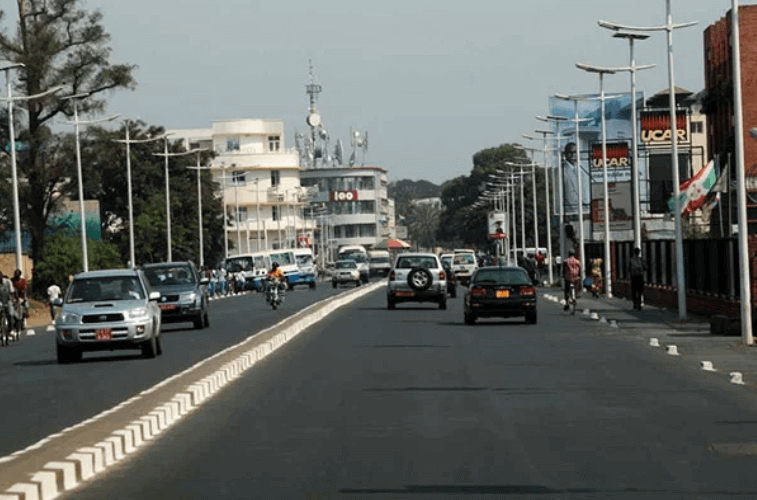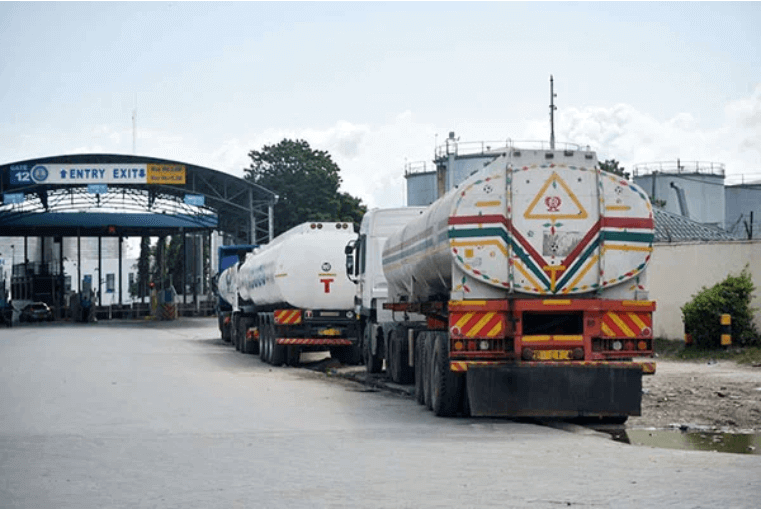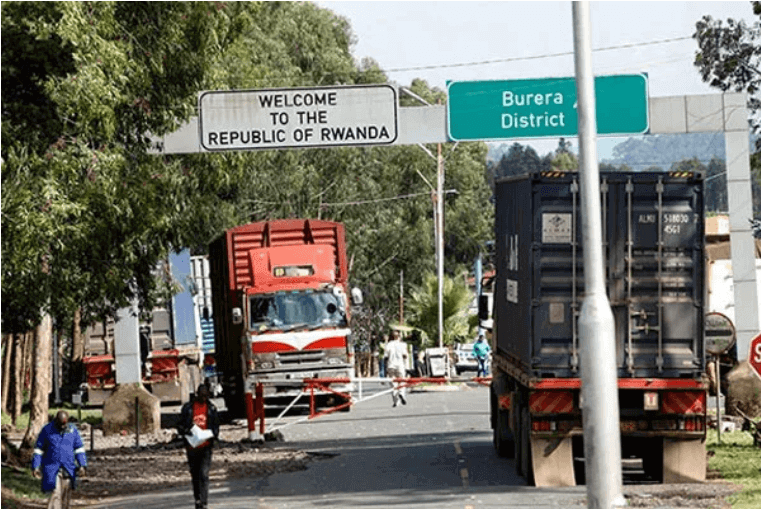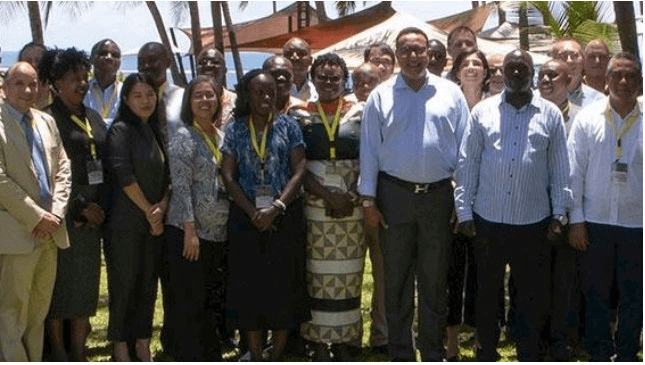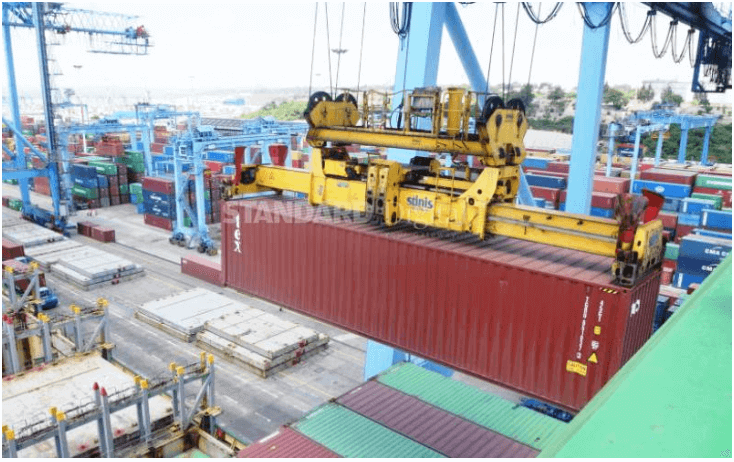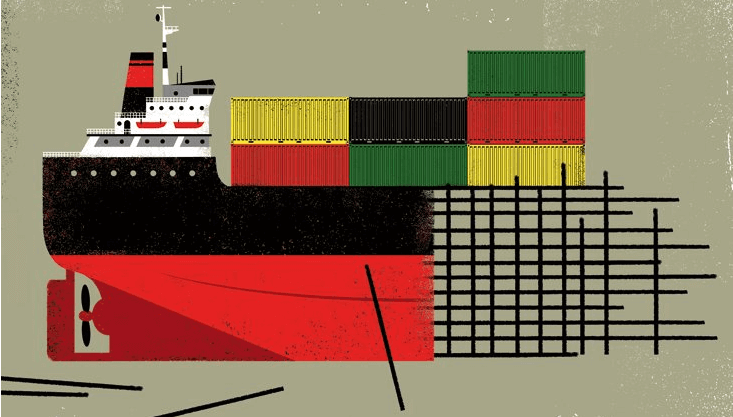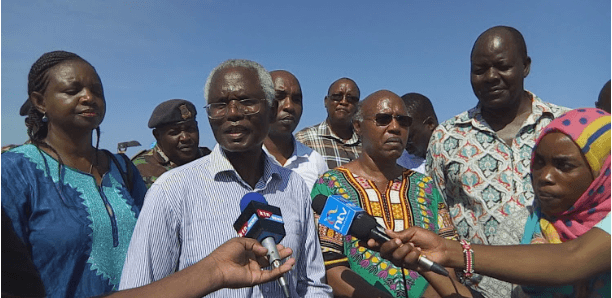Burundi has joined a group of nine African countries at a high risk of debt distress while Kenya’s risk of default has increased to moderate from low. This has seen the International Monetary Fund raise a red flag over the rate at which East African countries are accumulating debt. The region’s economies have fallen into a financial fix as they attempt to fund persistent budget deficits and implement mega infrastructure projects against a backdrop of declining revenue collection. As a result, the economies have resorted to massive borrowing, both from the domestic and international markets to quench their loan appetite, with fears that the increasing uptake of commercial loans could push most of them into debt distress. “An over-reliance on commercial public debt exposes sovereign balance sheets to greater rollover and exchange rate risks. Also, an increase in debt from domestic creditors could crowd out financing for private sector projects,” said the IMF. So far Kenya, Uganda and Tanzania are among the top 50 countries in the world that are highly indebted to China, according to US-based research firm Brookings Institution. According to Brookings, countries are now shifting away from official multilateral creditors who come with stringent conditions to non-concessional, (commercial) debt with relatively higher interest rates and lower maturities. But this trend is raising concerns around debt sustainability given the possibility of higher refinancing risks and foreign exchange risks. The IMF, in its regional economic outlook report for sub-Saharan Africa released last week, says that surging public debt-to-GDP ratios...
EAC economies to end the year with alarming debt ratios- IMF
Posted on: November 7, 2019
Posted on: November 7, 2019

